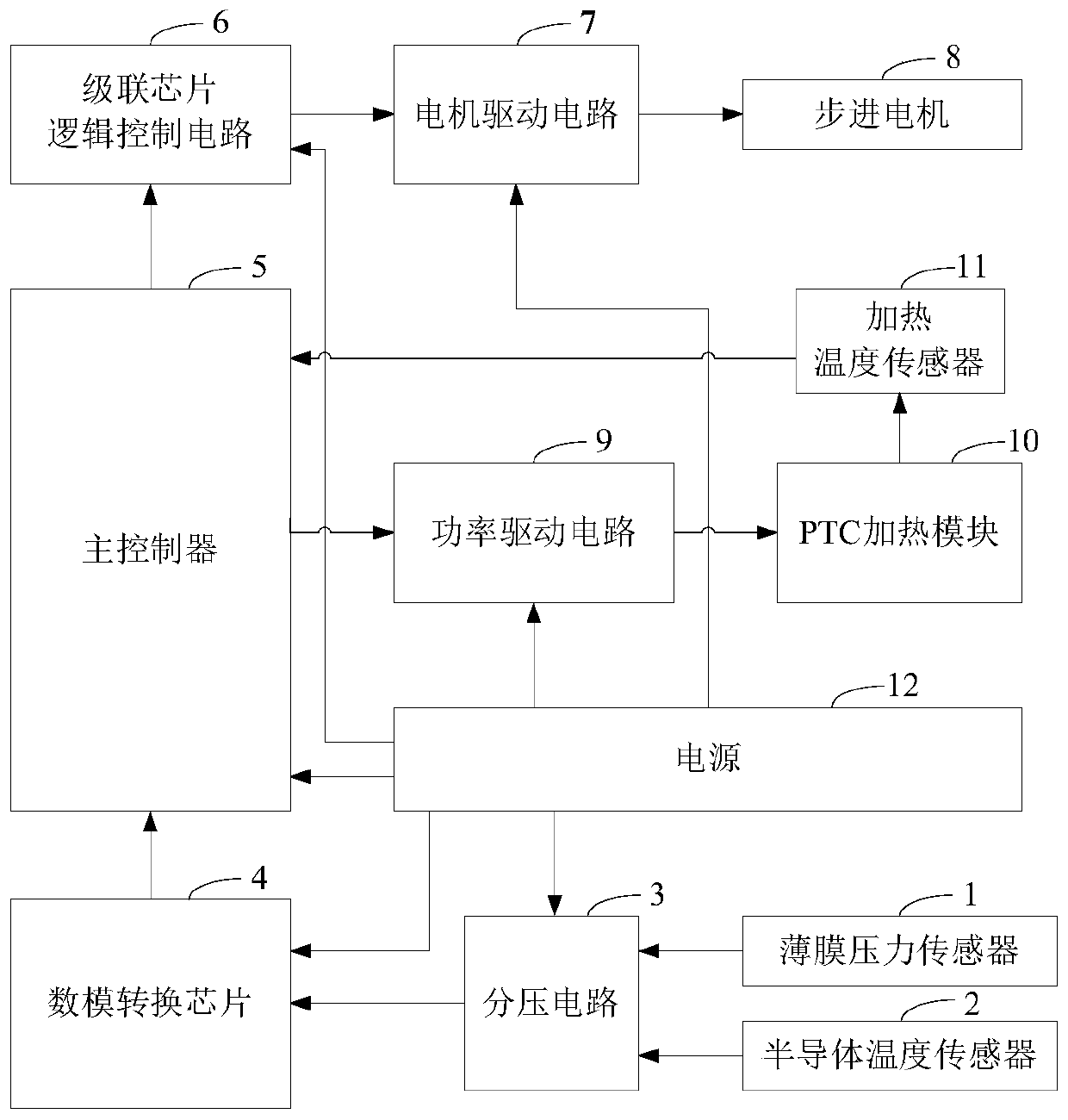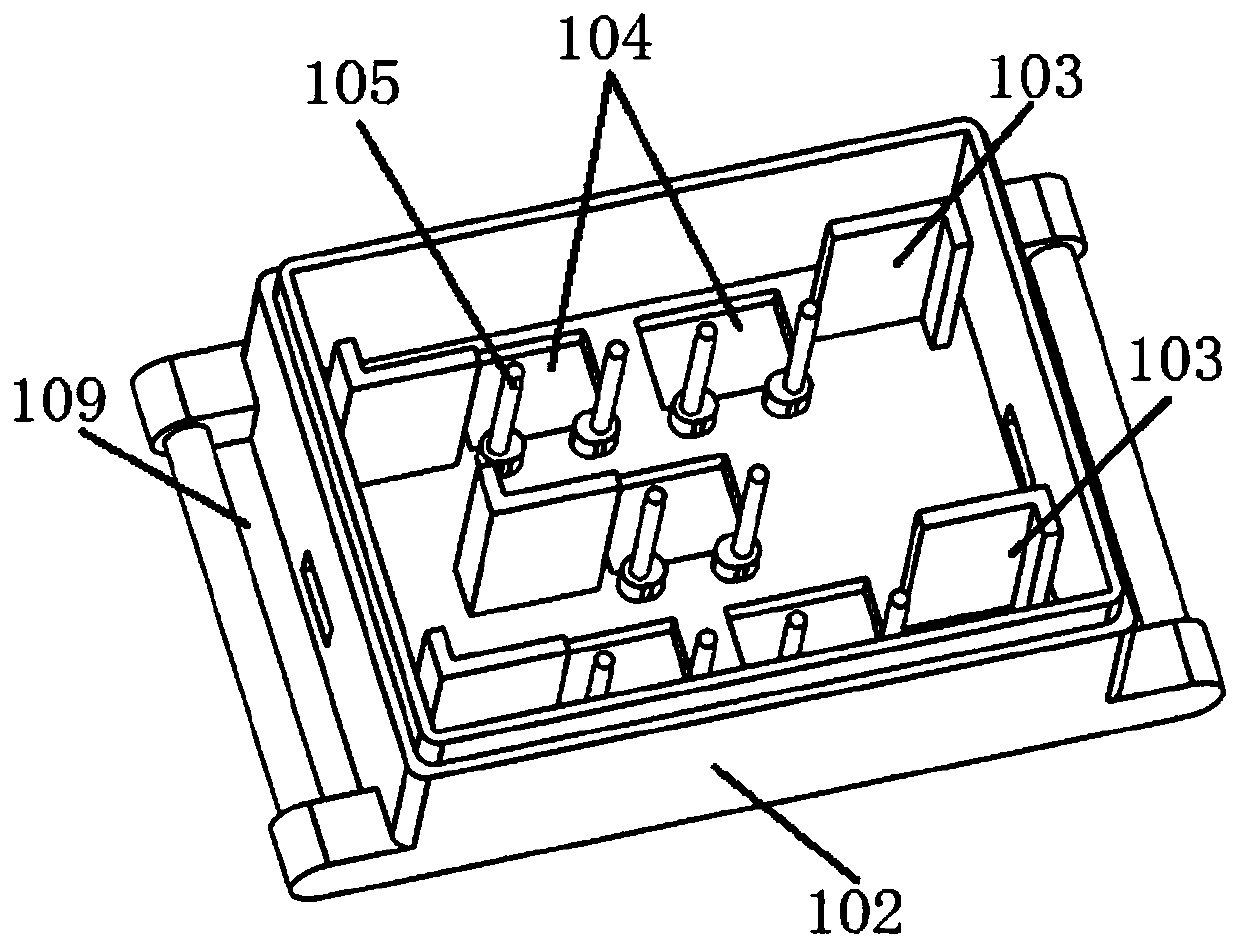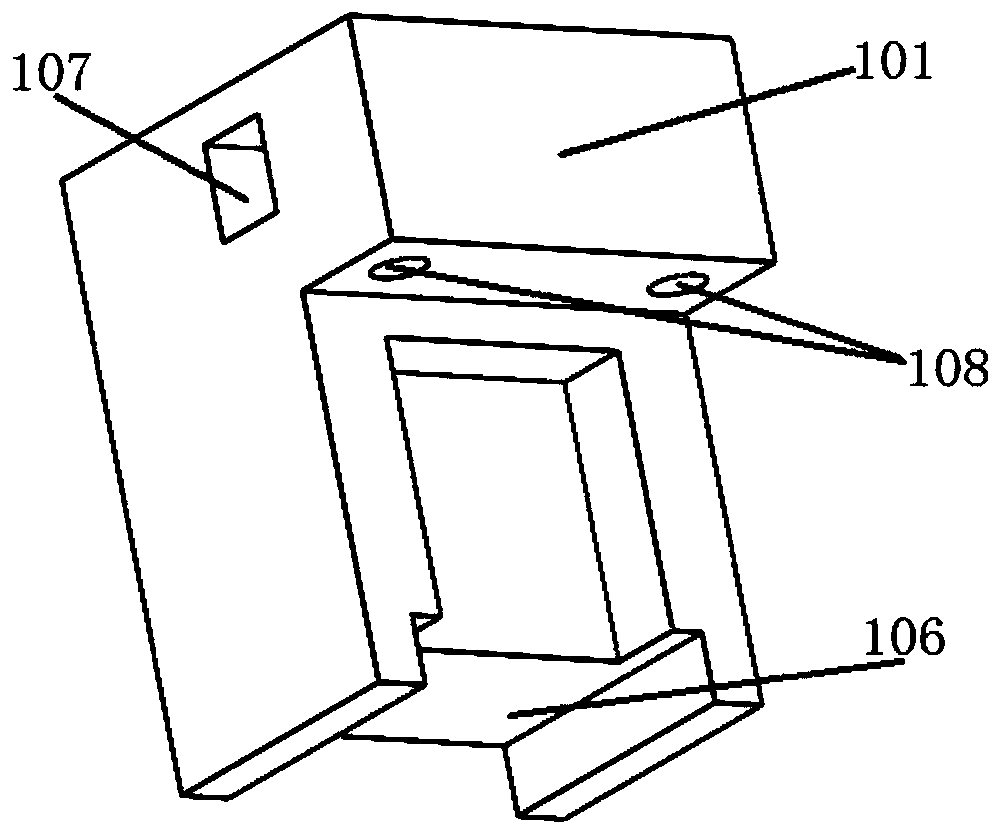Wearable device for transferring sensations
A wearable device and sensory technology, which is applied in the field of sensory feedback, can solve the problem that the disabled cannot obtain the sense of touch when using artificial limbs, and achieve the effect of low cost, simple and reliable system, and easy use
- Summary
- Abstract
- Description
- Claims
- Application Information
AI Technical Summary
Problems solved by technology
Method used
Image
Examples
Embodiment Construction
[0024] The invention improves and solves the problem that the disabled cannot obtain the sense of touch when using artificial limbs. At present, most of the smart skins used in the world are surgically implanted with subcutaneous chips, which convert the changes of pressure, temperature or humidity on the surface of the attached smart skin into electrical signals and transmit them to the nerves, thereby generating sensation. However, these technologies are still very immature. Most of the skin can only transmit a certain kind of sensory changes, and the current subcutaneous implantation operation is extremely risky and expensive. At the same time, it is extremely difficult to replace the chip if it is damaged or falls off. The problem. Therefore, it is particularly necessary to design an external sensory skin to help users produce sensations before the implantable chip is mature. upgrade.
[0025] A wearable device that transmits sensations in the present invention mainly se...
PUM
 Login to View More
Login to View More Abstract
Description
Claims
Application Information
 Login to View More
Login to View More - R&D Engineer
- R&D Manager
- IP Professional
- Industry Leading Data Capabilities
- Powerful AI technology
- Patent DNA Extraction
Browse by: Latest US Patents, China's latest patents, Technical Efficacy Thesaurus, Application Domain, Technology Topic, Popular Technical Reports.
© 2024 PatSnap. All rights reserved.Legal|Privacy policy|Modern Slavery Act Transparency Statement|Sitemap|About US| Contact US: help@patsnap.com










